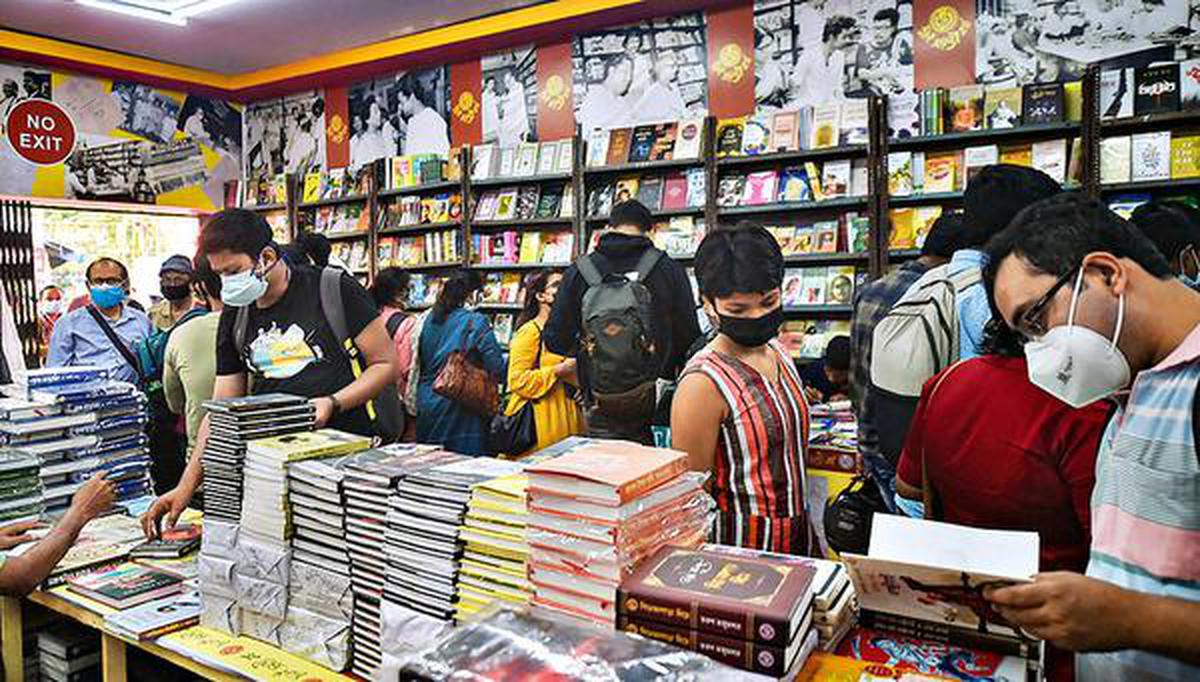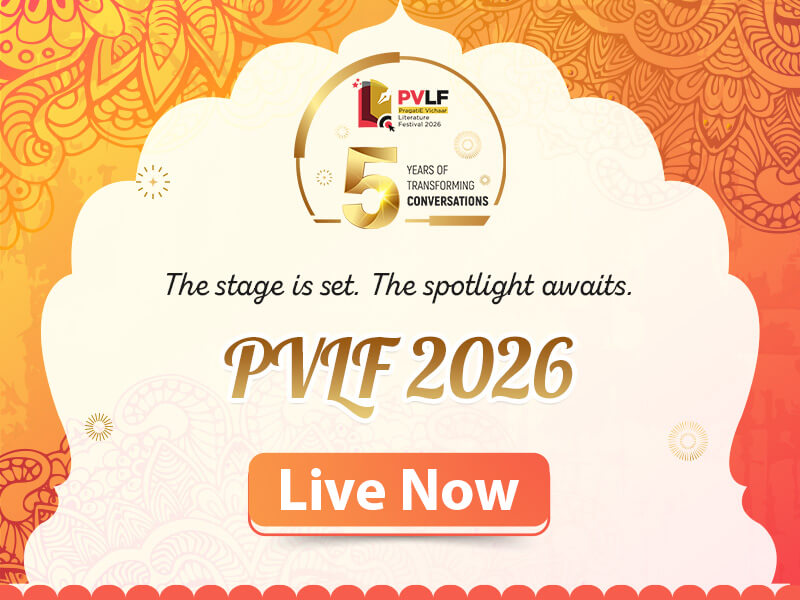Bengali publishing industry scripts its revival
on May 13, 2022

According to publishers and authors alike, the once thriving Bengali publishing sector is reviving as a result of the easing of limitations and the convening of the Kolkata book fair in March this year.
"They have reawakened the industry," said Subhankar Dey of Dey's Publishing, one of the most well-known Bengali publishers, of the recently held book fair, which was held after a two-year hiatus, and the overall relaxation of lockdown restrictions, which has set the industry on the road to recovery.
Young publishing houses
“In the last five years or so, a number of young people got into the business, many of them coming out with literary works that were off the beaten track. They too suffered due to the lockdown. But the book fair helped them reconnect with their readers and they are bouncing back now,” said Mr. Dey.
There are almost 400 Bengali publishers and 200 small publications in Kolkata, the majority of which are focused around College Street, which is once again humming with activity. College Street was struck not just by the epidemic, but also by Cyclone Amphan, which washed away innumerable volumes from the street's famous pavements.
Rhito Prakashan, established in 2015, is one such example of younger people getting into publishing. “Lockdown was a serious threat. There was a time when I personally used to deliver books at doorsteps of readers, riding on a motorbike, after taking special permission from the police. Once online platforms started to function, things became a bit easy. We also ventured into e-books,” said Aitrayee Sarkar, proprietor of Rhito, whose recent bestsellers include by Goutam Mitra (a literary biography of Jibanananda Das) and (a collection of pieces on Goddess Durga and her family).
“The book fair gave us the much required push. It not only saved many publishers but also binders, paper suppliers, practically everyone related to this trade,” Ms. Sarkar said. She added, “I think publishing is going through a major shift. It is increasingly seeing out-of-the-box ideas and new ways of promotion. We are heading towards an entirely new ecosystem, and people seem to be accepting our experiments. This itself points to growth. Established publishers are helping us. I personally go to publishers like Dey’s and Sahitya Samsad for advice.”
If the feedback he's received from his publisher, Ababhash, is any indicator, things are looking up for writer Parimal Bhattacharya. Most of his nonfiction publications, particularly Shangrilar Khonje and Apur Desh (which he recently transcreated as Field Notes from a Waterborne Land), have received "extremely good" reviews, according to him.
“Most Bengali non-textbook publishers are small-scale and operate rather informally. The pandemic hit them badly. But many adapted to the changed situation rather quickly. After the first few months in 2021, when restrictions were eased, they switched to online marketing, some even with their own delivery network. Now a large percentage of readers prefer to browse and order books from their home rather than making a trip to the congested College Street. This is a welcome change, since Kolkata has almost no indie bookshop where Bengali readers can browse at leisure,” Mr. Bhattacharya said.
He, too, acknowledged that many new publishers had emerged in recent years, each with new ideas and titles, and that they were utilising social media to communicate with readers on both sides of the Indo-Bangladesh border. “I see a new, phoenix-like dynamism in Bengali publishing, with a growing young readership. The response was extremely good during the last book fair for most publishers,” Mr. Bhattacharya said.



.jpg)






.jpg)

.jpg)
.jpg)
.jpg)
.jpg)

.jpg)

.jpg)









Sorry! No comment found for this post.